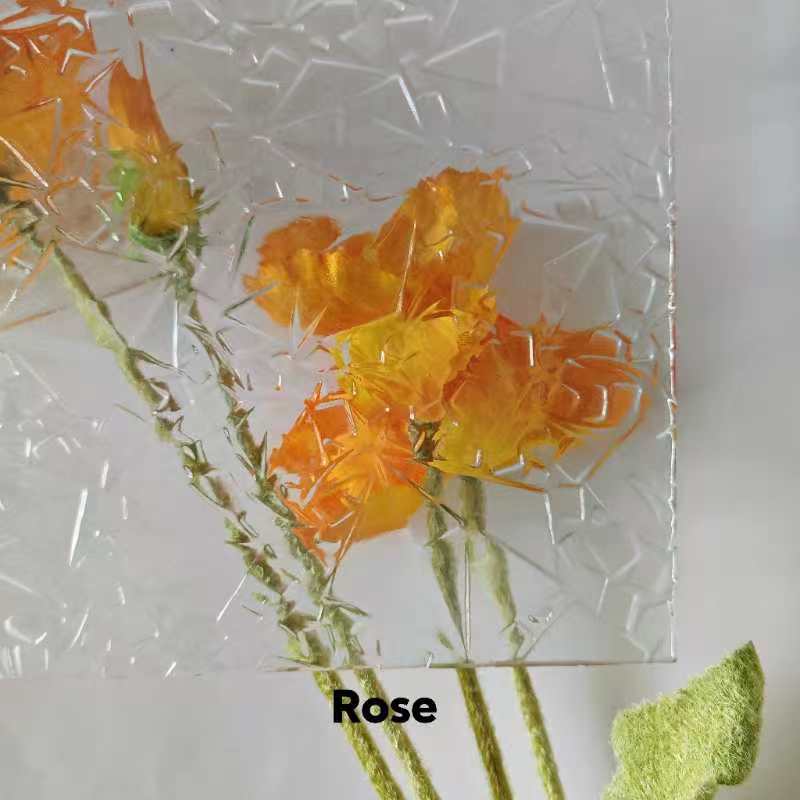

Low emissivity (low-e) glass is a revolutionary building material that has gained popularity in modern architecture due to its remarkable energy efficiency and thermal performance. This specialized glass is treated with a microscopically thin coating that reflects heat while allowing natural sunlight to enter. The technology behind low-e glass is designed to enhance comfort in indoor environments and reduce energy costs, making it an invaluable asset in both residential and commercial settings.
Another significant advantage of low-e glass is its UV protection. The coating on the glass effectively blocks a substantial portion of harmful ultraviolet rays, which can cause fading and deterioration of interior furnishings, artwork, and flooring. By using low-e glass, homeowners and business owners can protect their investments and ensure a longer lifespan for their interior decor.

In addition to energy efficiency and UV protection, low-e glass contributes to environmental sustainability. By decreasing reliance on heating and cooling systems, buildings equipped with low-e glass reduce their carbon footprint and contribute to energy conservation. This aligns with global efforts to combat climate change and promote sustainable building practices.
Furthermore, low-e glass is available in various types, such as soft coat and hard coat, each suitable for different applications. Soft coat low-e glass is typically used in double or triple glazing due to its superior performance in insulating properties, while hard coat low-e glass is more durable and often used in single glazing applications.
In conclusion, low-e glass represents a significant advancement in building materials technology, offering a host of benefits that include enhanced energy efficiency, UV protection, and sustainability. As architects and builders increasingly prioritize energy-efficient design, low-e glass is likely to become a standard feature in future building projects. Whether for residential homes or commercial developments, the integration of low-e glass can lead to substantial energy savings, a more comfortable indoor environment, and a positive contribution to environmental conservation efforts. As we move toward a greener future, low-e glass stands out as a smart choice for modern living.